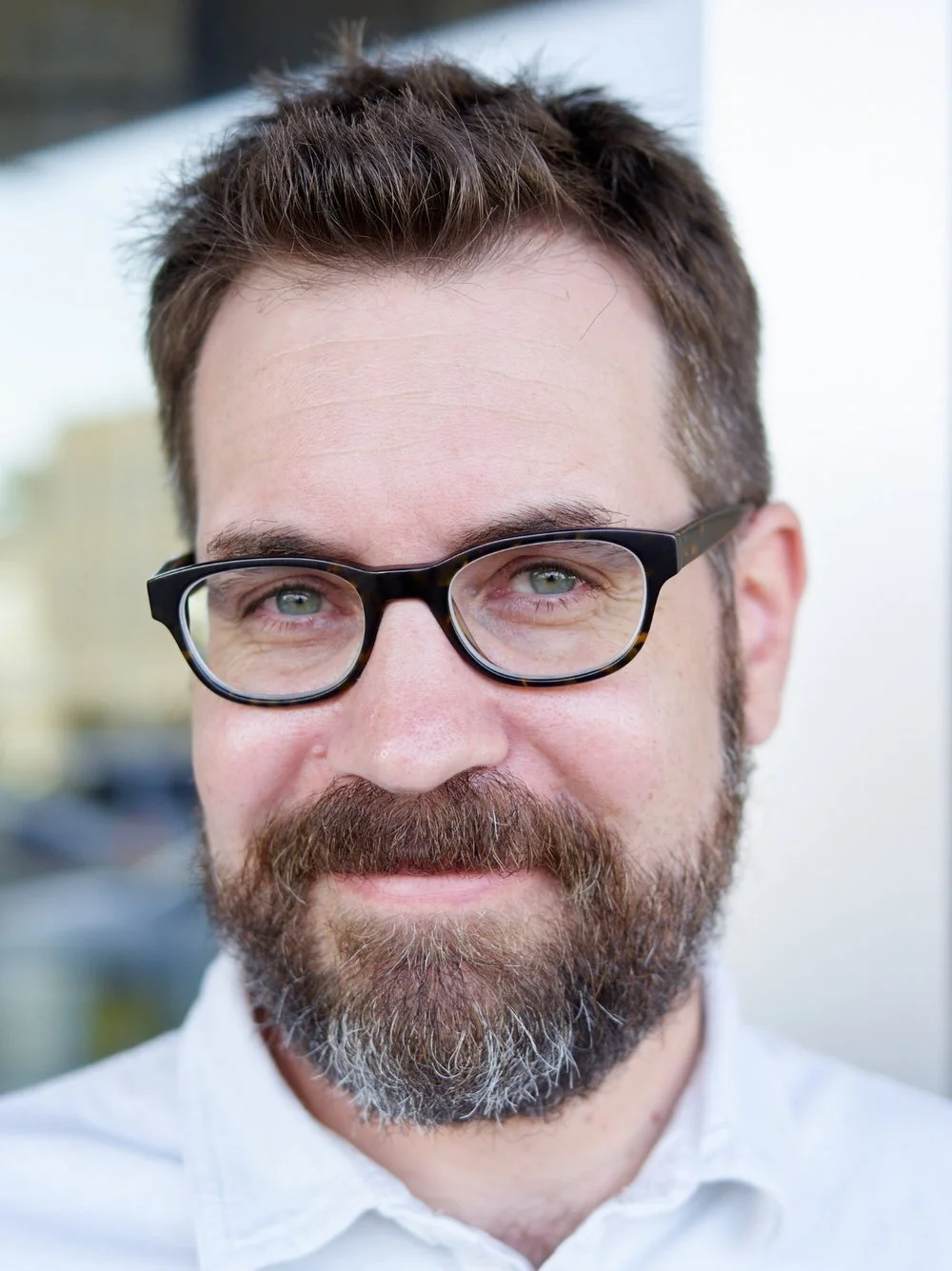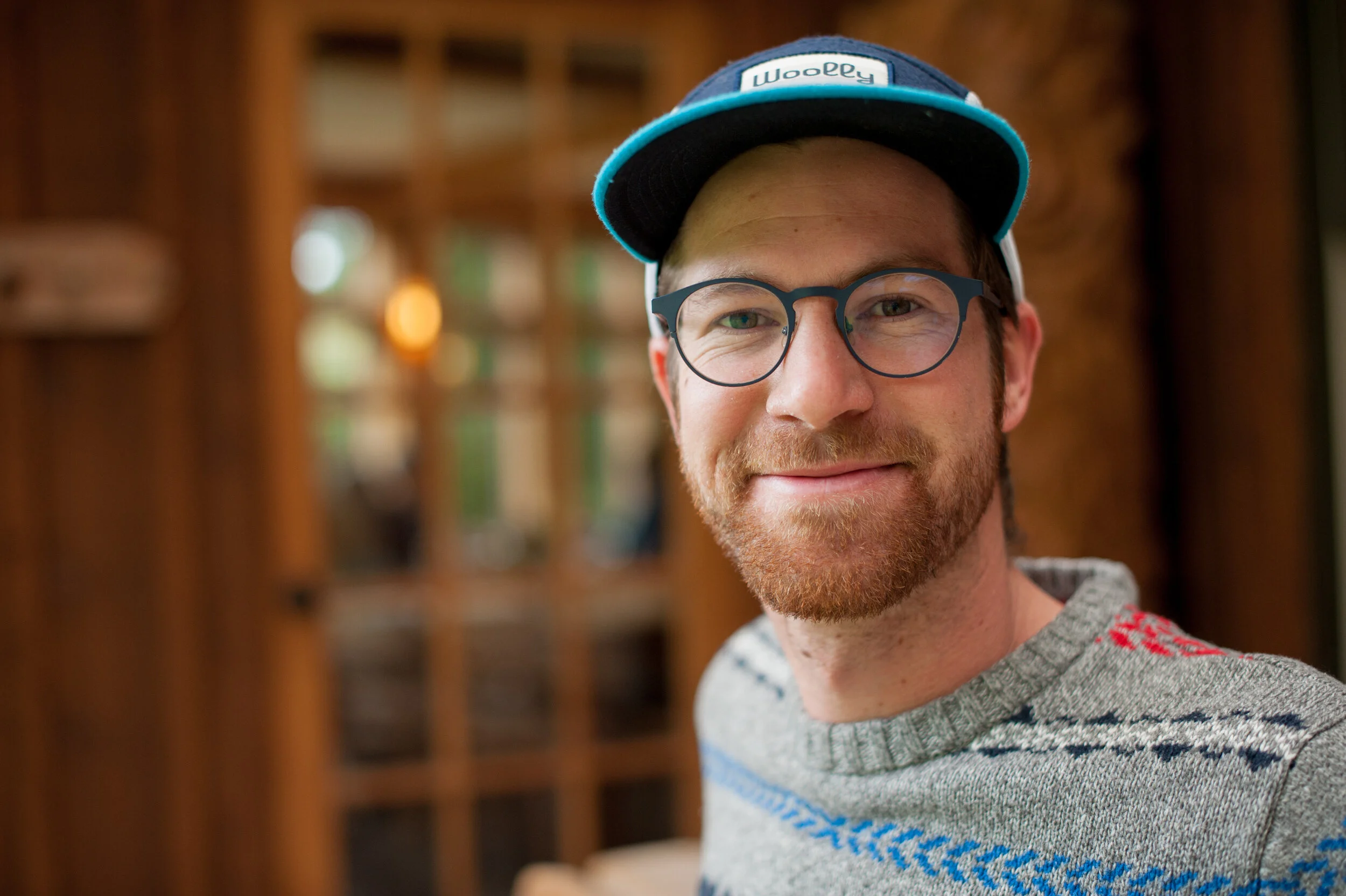A vision for a new kind of Christian artist.
An artist is supposed to be lonely, misunderstood, and at arm’s length from society.
That’s not just a sad reality—since World War I and, to some extent, since the early 19th century, it has become a heroic ideal. Artists can be tempted to wear their social rejection as a badge of honor—they don’t like being lonely, but they like why they’re lonely (it means they’re artists!). On the other hand, non-artists take for granted that they’re not supposed to understand such people. We use the term “eccentric genius” almost as if it’s one word rather than two.
But for the Christian—artist and non-artist alike—there’s a twist in this narrative that it’s high time we noticed: nobody, nobody, is exempt from the call to love (and allow themselves to be loved by) their neighbor, or to be a participating member of the Body of Christ. We are all called to community, no matter if we are exceptionally gifted, introverted, or just plain “weird.”
So why do so many modern people, including Christians, accept the notion that artists should be treated as exceptions? What alternative vision has the Church ever offered? We’ll answer these questions by covering three core principles that have, historically, shaped Christians called to the arts.
Principle #1: Artists are called to love their neighbor and to full membership in the Body of Christ.
What do you think of when you think of The Artist? For most people I meet, there are wild-haired visions of Beethoven, suicidal tales of Van Gogh, and fringe cultural critics like the 1920s poets reacting to the devastation of the First World War. People high on the “emotion” or “intuition” side of personality profiles, and people who struggle with mental health issues.
What about a Christian artist? In the last few decades, neither the first nor the second word seem terribly apt to describe the person you might be thinking of—his religion is skin-deep and limited to the positive and encouraging, and his art matches. But the record label or the book publisher likes him because he sells.
With the first image, we’ve created a barrier between The Artist and the non-artist; one that ignores how many non-artists are introverts, or bipolar, or Enneagram 4s—and how many artists aren’t. With the second, we’ve added an extra layer to the barrier—because now, you can not only be too artistic for the Christians, you can also be too Christian for the artists (you know, the serious ones).
This barrier, with all its layers, has been toxic. It tells the artist she belongs at the fringes. It gives self-identifying “non-artist” permission to leave her there. It separates the art from the Christianity, and the artist from the Christian. Pick one, it says. You can’t do both well. Left with this false choice, artists either abandon their craft, or are left to find their spiritual formation among the secularists (which, by the way, partially explains the common modern overlap between art and heresy). And without them, the church loses its imagination.
The artist and the church need to tear down this barrier from both sides, because real art and real Christianity will not be kept apart. It starts when we flip a pair of words: Christian artist.
Christianity isn’t an asterisk. It’s rarely convenient, and it never works as an annex to a main house built around something else. It’s clear in Scripture that God loves artists, and has a special calling for them…and equally clear he doesn’t consider them a distinct category of human that defies the normal rules of how he designed humans to thrive.
When we flip the words, to artist Christian, where Christian is the primary identity and artist is the modifier, things start to change. The church and its less artistic members don’t get to quit on inviting the artist further up and further in, and the artist doesn’t get to lionize the choice to walk away from the calling of the Christian: by His grace to become more like Him, to love our neighbors (not just the people like us), and to fill a role in the church, the Body of Christ, that he designed uniquely for us. It is when we surrender ourselves totally to His vision for who we are to be, rather than holding our own back from Him, that we begin to fulfill our true potential—which may be far greater than we’ve ever imagined.
Principle #2: Christian creativity is a gift of love.
If we accept principle #1, things start to get interesting. That’s because this principle undercuts another norm that comes with the wild-haired artist vision: the idea that all great art, like the worth of Disney’s Aladdin, comes from deep within. (This, the artist presumes, generally prevents him from working together with other artists, let alone with non-artists—after all, nobody but he can bring forth what is in his own heart.)
But it’s this idea that is truly new, not the alternative view I’m proposing. For virtually all of history across the world, artists have been respected members of their communities. They’ve collaborated successfully on group projects (even over generations). And they’ve played a supportive role in propagating their culture (or a prophetic role in calling it back) from an intimate position of membership, not an alienated position of fringe-dweller.
Christianity imbues this historical norm with a higher calling. If you ever hear a “Christian” writer or pastor tell you some variation of “You need to be true to yourself,” that the solution to existential wrestling is to never change, you’re probably not hearing Christianity. On the contrary, Christianity has always taught that to be fully ourselves, we must surrender ourselves; that our true selves emerge only in transformative intimacy with God in the church. (If you’re interested in the theology behind this and how it plays out, I highly recommend William Dyrness’s book Poetic Theology.)
This doesn’t mean the path is easy. But the path isn’t to cease being the weirdo—we all perceive ourselves as weirdos; that’s why underdog stories sell. The only question is: how will your weirdness bless those around you? The ancients used an order-chaos framework to make sense of their world; at the center you have order--God and the church and things as they should be--and at the fringes you flirt with chaos. A fallen world has a certain balance to this dynamic. You might very well be in a place in life where you feel closer to the chaos. And God might very well be able to use that for the good of the center. Centric genius doesn’t mean you cease to be unique or different; it means you understand where you sit in relation to the center; you have a center.
If all of this is true, then Christian creativity, like everything else, should be motivated not by some sort of self-expression, but rather by love. Not abstract love, not the mere idea of love, but by the real love of God and the real humans right in front of you. That’s not an easy switch; it’s a learned skill…but it changes everything. I’ve seen this play out over and over in the lives of artists (see this video from Anselm member artist Kristopher Orr for just one story). I’ve seen it unleash unprecedented creativity, usher artists into stronger relationships with non-artists, and enrich the lives of individuals and congregations that are the beneficiaries of creative efforts.
Principle #3: God, not the artist, is the center and source of great art.
The above works because the notion that you are the source of your art is not, and was never, true. All good things are the work of God; and we are His vessels in bringing them into being. As long as we fight this truth in order to save something we believe belongs to us, we’ll actually hold ourselves back.
I see this tension all the time with those people who have felt they had to choose between being faithful to God and being faithful to their craft. The people who chose craft have cut themselves off from the great source of all inspiration; and the heartbroken people who chose to abandon their craft constantly feel like a piece of themselves is missing.
But as Father Jeromie Rand illuminates in an earlier talk on the Redeemed Imagination podcast, this is a false dichotomy. Real life, as God intended it, is a “Eucharistic life:” the offering of who we are, and what we have, to God, so that He can perfect it. It all came from Him to begin with.
Artist Christians are called to be good artists and good people; we don’t get to quit on parenting, inconvenient friendships, and so on. But more importantly, we don’t get to quit on God’s perspective on the world when it clashes with ours. As another writer will cover more fully later in this series, goodness, truth, and beauty are in fact one thing.
The artist Christian cannot be disinterested in theology (discovering the character of the One he loves the most), or allow his religion to languish in vague spirituality—he must be as thirsty in his pursuit of truth and goodness as of beauty, because they are of a piece. This requires all kinds of interaction with things The Artist stereotype might find restrictive—authority, tradition, rules within art forms, and God Himself—through wrestling rather than rebellion. And perhaps, the Christian faith suggests, in engaging with these restraints the artist may find true artistic freedom. Because God is the source of inspiration, not our own genius. The last toxic piece of the idea of the “eccentric genius” is the second word: genius.
Conclusion
It would seem the great Author has a different vision for the role of the artist in our churches, and the role of the church in the life of the artist. Again, until relatively recently, it was this older vision that was taken for granted. It was a vision that led to some of the greatest artists, and most aesthetically blessed churches, the world has ever seen.
The bearing of such good fruit makes sense. After all, you might have noticed those last two assumptions are really just the two great commandments: love God and love your neighbor. As I said, this concept isn’t new. The Anselm Society’s mission statement is a renaissance (rebirth) of the Christian imagination, and that’s why in these first few months of the year, we will explore old ideas made fresh for our time. Because to the world we live in, the claims of the Gospel are revolutionary, and always have been. And to the church of our time, if it is to be reenchanted, we will need a rediscovery of the Centric Genius as a heroic ideal.
We may find that this unlocks the gifts of a large group of people who have not yet found permission to call themselves artists, because their art form or their temperament isn’t suited to The Artist stereotype. We will certainly find a new set of challenges for churches and artists as they strive to serve each other well. But it will all be worth it, because our artists need to know where they fit in the Kingdom of God in the here and now. And our churches need those artists to remind us of the array of gifts God has given us—all of us—as “sub-creators” made in His image.
It’s time for a renaissance of that earlier, enchanted vision. It’s time for the reappearance of the Centric Artist.
About the author:
Brian Brown is the executive director of the Anselm Society.
____
What to expect in this series:
An Anselm Society “issue” or content series lasts about three months, on a rotating theme covering one of the three elements of our mission statement: Renaissance, Christian, and Imagination. This first portion of the year, our Centric Genius series is a reflection on Renaissance; learning from the church’s past (and showcasing stories from the present that are in dialogue with it) in order to do better at something we’ve forgotten how to do well—in this case, minister to, and through, artists.
The content spans our blog, our Believe to See podcast (which brings artist Christians together for discussions of faith, art, and their meeting point), and our Redeemed Imagination podcast (which explores the core issues and practical questions for people and churches seeking a renaissance of the Christian imagination). You can find the entire issues (which will post several new pieces a week through April 2020) here.
Read More from the Centric Genius series
The modern romantic ideal of the artist is the eccentric genius; a loner, an outcast, different from everyone else. But no Christian exempted from the call to love his neighbor. This series explores the ingredients and avenues with which artist Christian can be a thriving part of the Body of Christ. View the whole series.












